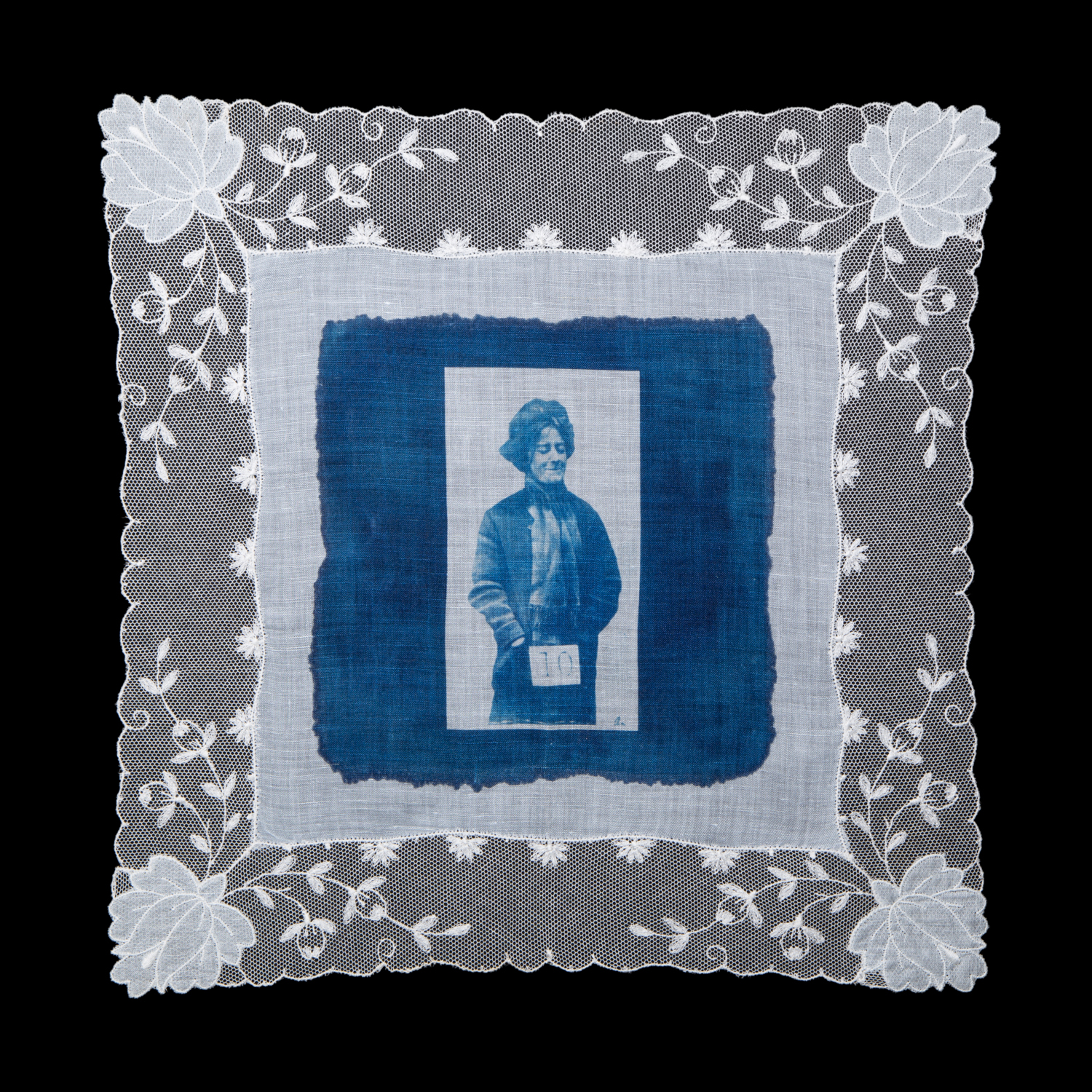Cyanotype
-

Amy Jorgensen
|
Amy Jorgensen talks with Debra Klomp Ching about Something Old, Something New, Something Borrowed, Something Blue.
literature that looks good on a laptop

|
Amy Jorgensen talks with Debra Klomp Ching about Something Old, Something New, Something Borrowed, Something Blue.